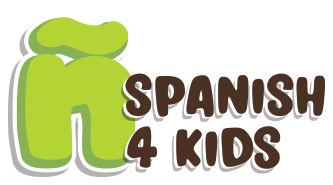As bilingual parents, our journey was initially guided by a desire to bridge communication gaps between our children and relatives, as well as to equip them with a second language for professional use. However, despite our best intentions, we encountered unexpected challenges along the way, leaving us questioning what went wrong and how to rectify it.
From the outset, our household has been immersed in two languages, reflecting our diverse nationalities and linguistic backgrounds. Our strategy was straightforward: we would communicate with our children in our respective native tongues, envisioning a seamless bilingual upbringing. Yet, despite their clear understanding of both languages, our children consistently respond in English, leaving us puzzled and seeking answers.
Where did we falter? It’s evident that we may have overlooked crucial tools that could have facilitated our children’s language learning journey.
The reluctance of our children to actively engage in speaking a second language is a complex issue with multifaceted causes. External factors, such as learning difficulties or emotional barriers, may contribute. However, a key aspect we wish to address is our own role in fostering bilingual communication. By not expecting responses in the language they are learning, we inadvertently normalized a pattern where English became the default language of interaction.
So, what steps can we take to remedy this situation and cultivate a positive and effective language learning environment?
• Maintain consistency by speaking in your native language and actively encourage responses in the same language. If your child hesitates or responds in English, provide gentle guidance and ask them to repeat their answer in the target language. This instills confidence and reinforces language skills.
• Focus on specific language structures or phrases and incorporate them into daily interactions. Consistent practice with phrases like “I like,” “I don’t like,” “I need,” or “I don’t need” helps reinforce vocabulary and grammar concepts.
• Leverage media resources by ensuring your child’s exposure to television programs or movies in the target language. Platforms like Netflix offer language preferences, allowing for immersive language experiences.
• Facilitate social opportunities for language practice by encouraging participation in gatherings with friends who speak the second language. Comfortable social settings provide valuable opportunities for practical application and reinforcement.
• Explore additional avenues for language enrichment, such as attending cultural events, enrolling in language classes, or arranging group language activities.
REMEMBER: Understanding a language is just one aspect of bilingualism; active speaking proficiency is equally essential. By nurturing a supportive and consistent language environment, we can empower our children to confidently express themselves in their second language.


Recent Comments